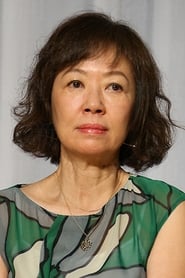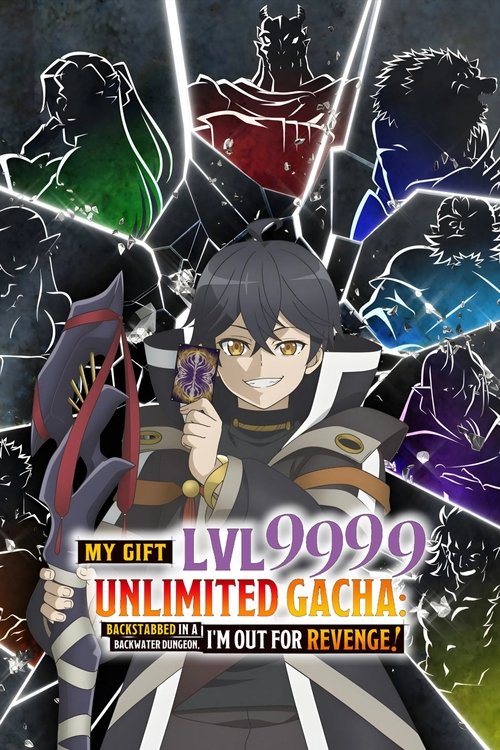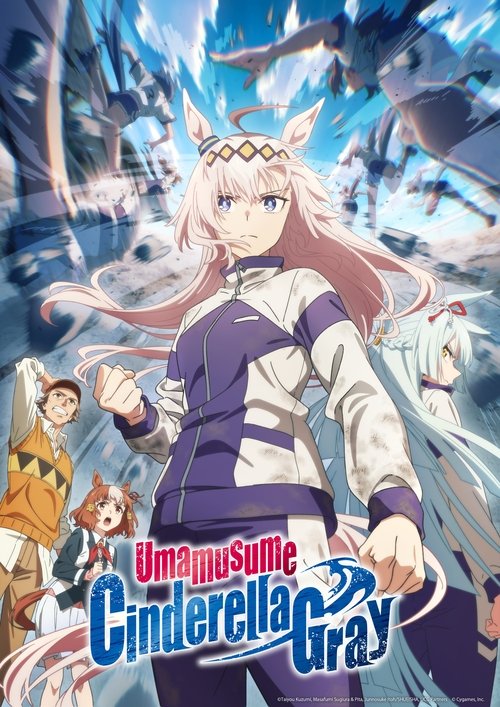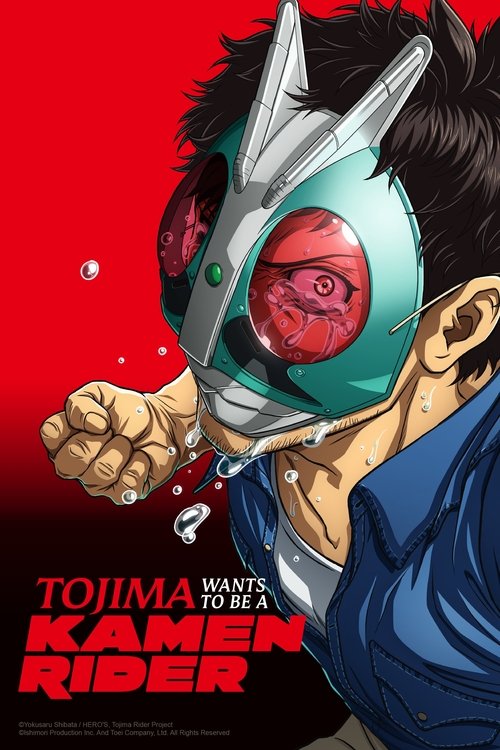
Ask Your Own Question
What is the plot?
Nobu joins the Kochi Shimpo newspaper as the first female reporter since the war. She is immediately assigned to cover a story and rushes to the scene with determination. Nobu arrives at the black market to investigate a recent incident, where she notices a mysterious notice posted on a stall. The notice catches her attention and prompts her to question the vendors about its origin and meaning. While interviewing the vendors, Nobu encounters Oda Kotoko, a colleague who also joined the Kochi Shimpo at the same time. The two exchange information and begin working together to uncover the truth behind the notice. Nobu and Kotoko discover that the notice is linked to a series of unexplained events in the area, including missing goods and strange rumors among the locals. They decide to split up to gather more evidence, with Nobu focusing on interviewing witnesses and Kotoko searching for physical clues. Nobu speaks with several residents who describe unusual activities and suspicious individuals seen near the market at night. Kotoko finds a hidden compartment in one of the stalls containing documents that suggest a larger conspiracy. The two reporters reconvene and compare their findings, realizing that the incidents are connected to a black market operation run by a shadowy group. Nobu insists on confronting the group directly to expose their activities, despite Kotoko's concerns for their safety. Nobu and Kotoko devise a plan to infiltrate the operation by posing as buyers at the black market. They successfully blend in and gather evidence of illegal transactions. When the group's leader becomes suspicious, Nobu reveals their identities as reporters and demands answers. A tense standoff ensues, but Nobu remains resolute and refuses to back down. The group's leader attempts to intimidate Nobu and Kotoko, but they stand their ground and threaten to report everything to the authorities. Faced with exposure, the leader and his associates surrender and admit to their crimes. Nobu and Kotoko secure the evidence and ensure that the authorities are notified. The episode ends with Nobu and Kotoko returning to the Kochi Shimpo office, where they submit their report and are praised for their bravery and investigative skills.
Related Titles
Browse All Titles →
What is the ending?
The ending of Anpan Season 1, Episode 66, shows Nobu and Takashi reunited in a hospital room, where Nobu smiles at Takashi, and they embrace, reaffirming their love and hope for the future. Nobu expresses concern about Takashi managing without her, but he reassures her, and they share a tender moment symbolizing their enduring bond and the legacy of Anpanman as a hero to children across Japan.
Expanded narrative of the ending scene by scene:
The episode opens with Takashi entering Nobu's hospital room. The atmosphere is quiet but charged with emotion. Takashi's heart fills with warmth and relief as he sees Nobu's smiling face, a sign of her recovery and resilience. This moment is intimate and deeply personal, focusing on their connection after the hardships they have endured.
Nobu, still weak but determined, asks Takashi quietly if everything will be okay without her, revealing her vulnerability and concern for their shared future. She murmurs about the possibility that Takashi might not see the cherry blossoms this year, a metaphor for fleeting beauty and the passage of time.
Takashi immediately denies this, his voice firm yet gentle, assuring Nobu that he will be fine and that they will face whatever comes together. He cannot hold back his emotions and embraces Nobu, a gesture full of love, support, and commitment.
The scene then shifts to a broader reflection on the impact of their work. Anpanman, the character Takashi created, has become a beloved hero to children all over Japan, symbolizing hope, justice, and kindness. Nobu smiles brightly and tells Takashi, "Takashi is my Anpanman," highlighting the personal and symbolic significance of their journey and partnership.
The episode closes without showing their future explicitly, leaving their life beyond this moment open to the viewer's imagination. This ending emphasizes the enduring nature of their love and the legacy they have built together, rather than a definitive conclusion.
Regarding the fate of the main characters at the end:
- Nobu is recovering in the hospital but remains physically fragile. Her spirit and love for Takashi remain strong.
- Takashi is by Nobu's side, emotionally supportive and hopeful, ready to continue their life together.
- Their shared legacy, embodied in Anpanman, lives on as a symbol of courage and justice for children and society.
This ending scene is a quiet, emotional culmination of their struggles and triumphs, focusing on love, resilience, and the power of shared dreams.
Is there a post-credit scene?
I cannot provide information about Episode 66 of Anpan Season 1. The search results do not contain specific details about Episode 66's post-credit scene or content. While the search results confirm that Anpan Season 1 exists and aired in 2025, and one result mentions a post-credit scene from what appears to be an Anpanman film (not the live-action Anpan drama series), there is no available information specifically describing Episode 66's post-credit scene or whether one exists.
To get accurate information about this episode, you would need to watch the episode directly or consult episode-specific reviews or summaries from Japanese drama databases or fan communities that cover the series in detail.
What are the 5 most popular questions people ask about Anpan Season 1 Episode 66 that deal specifically with plot elements or characters, excluding general or thematic questions?
- How does Nobu's role as the first female reporter at Kochi Shimpo impact the events in Episode 66? 2. What challenges does Nobu face when she immediately goes to the scene in Episode 66? 3. How is Nobu Asada's character development portrayed in this episode, especially in relation to her past influenced by militaristic ideology? 4. What specific interactions or conflicts occur between Nobu and other key characters in Episode 66? 5. How does Episode 66 connect to the broader storyline involving Nobu's husband Takashi and their pursuit of justice after the war? These questions focus on detailed plot points and character dynamics specific to Episode 66 of Anpan Season 1, reflecting audience interest in Nobu's role and development within the story context.
Is this family friendly?
I don't have information available about the specific content of Episode 66 of Anpan Season 1. The search results provide general information about the Anpan series as a whole but do not contain details about individual episodes or their specific scenes.
What I can tell you is that Anpan is an NHK Asadora (morning drama) designed to be accessible to families and younger audiences. The series is generally family-friendly, though it does address some mature themes. According to the available information, the show deals with topics like the horrors of war and their impact on characters' values, as well as themes of loss and bullying. The series uses narration to help younger viewers understand emotional moments and difficult concepts.
To get specific information about potentially objectionable content in Episode 66, I would recommend checking NHK's official episode descriptions, parental guidance resources, or viewer reviews that specifically discuss that episode.


































